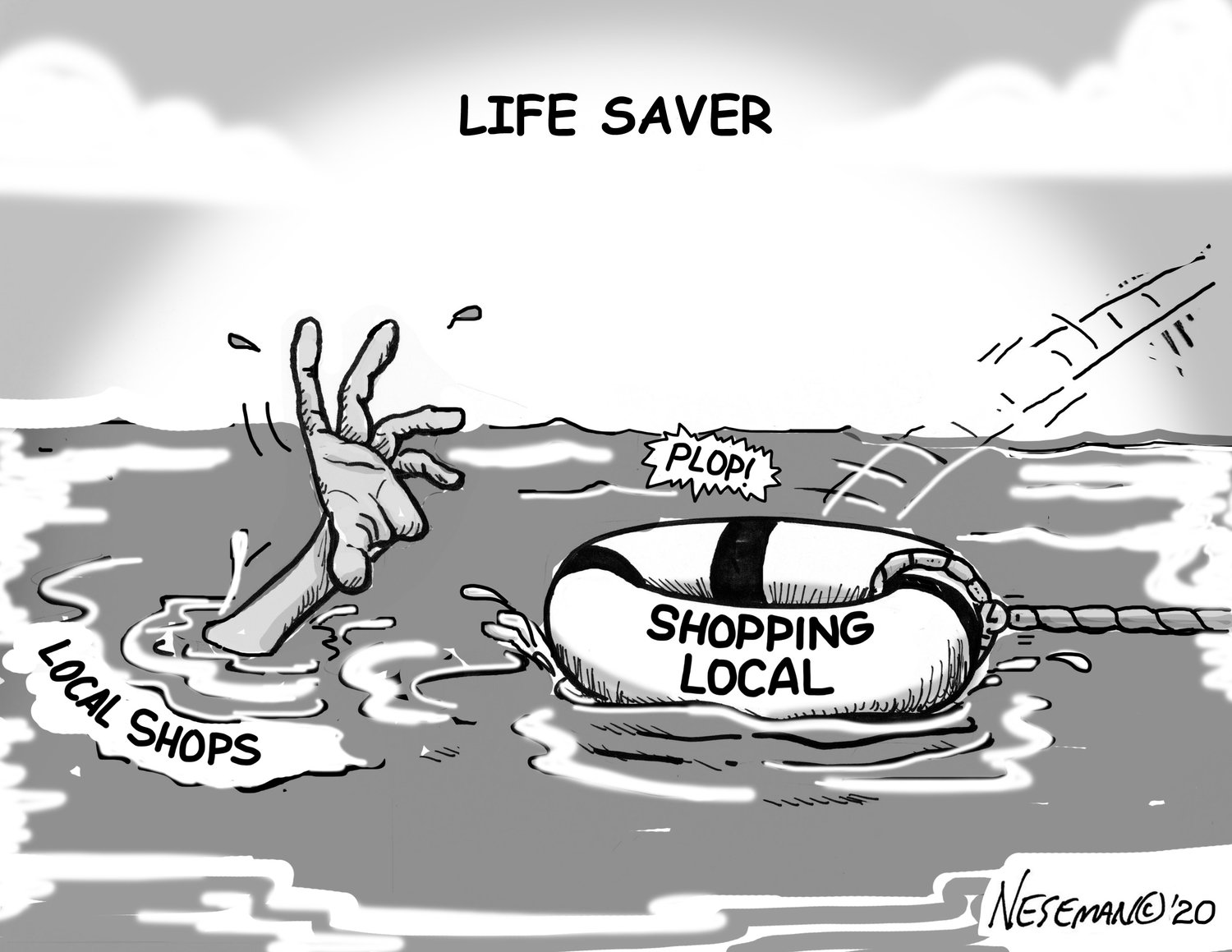Wave Hill riverfront plan deserves enthusiastic praise
Originally published Nov. 21, 1963
EDITOR'S NOTE: This editorial was originally published on Nov. 21, 1963, and was reprinted as part of the 70th anniversary of The Riverdale Press.
Months of intensive preparation and careful planning were devoted to the proposal for development of the “river strip” along the Hudson from West 232nd Street to West 234th Street. The Riverdale Community Planning Association and its president, Gilbert Kerlin, are to be congratulated for presenting a practical, comprehensive and far-sighted program.
Basically, the plan calls for establishment of a non-profit membership corporation, similar to the administrative bodies of which manage the Bronx Zoo and the Botanical Gardens. Directors of “Wave Hill Inc.,” will be responsible for supervising plans and programs, employing personnel, obtaining and administering funds.
The size of the magnificent gift to the City of New York by the late Mrs. George Perkins Sr., has made the establishment of such an administrative body both necessary and wise. Included in the bequest are acres of beautifully landscaped grounds, historic Wave Hill — which was once the home of Mark Twain; the Perkins House, greenhouses and formal gardens. In addition, park lands owned by the city adjoin the property.
A number of institutions, including the Audubon Society and the Botanical Gardens, were invited by the City of New York to consider development and management of the properties. In each instance, they felt the responsibility and the cost would be too great. A number of educational and horticultural societies and foundations welcome an opportunity to participate, but no single group has felt it could undertake the entire project.
Wave Hill Inc., has outlined a unique plan which pulls together both public and private resources. The Museum of the City of New York has a surplus of furnishings and historic treasures which now languish unseen and unused in various warehouses. At Wave Hill, they will serve a most useful purpose as part of a beautiful city museum.
At present, the Perkins greenhouses serve a minimum rather than a maximum use. A small group of gardeners devotes its efforts only to their maintenance. As the Perkins gardens are developed, they will provide a treasure house of beautiful plantings for everyone to enjoy.
Bowling alleys will be transformed into a small restaurant and tea room. The Perkins house will serve not only as an administrative building, but also as a conservation and biological laboratory. Concerts, lectures and gatherings at Wave Hill will add cultural benefits of inestimable value to the community.
Many additional possibilities remain to be explored. Neighborhood House, for example, is bulging at its seams. Some of its functions can undoubtedly be transferred to more spacious rooms at the Perkins estate.
The Riverdale Outdoor Laboratories, which have won national fame under the inspired guidance of Mrs. Byard Williams, can set up headquarters and greatly expand its program. The Perkins park will serve as a bird sanctuary, a haven for wildlife, a conservatory for plant life, and an endless source of inspiration for educational clinics.
Coupled with the proposed development of the Seton Hospital grounds as a recreation center, the new “river strip” program will provide a priceless asset not only to Riverdale, but to the city, state and nation. It will rank with the nation’s finest public parks as an example of intelligent planning for the public good.
Parks commissioner Newbold Morris has indicated that he enthusiastically favors the proposal submitted by the Riverdale Community Planning Association. Two steps remain to be taken immediately. One is legislative approval of the administrative plan, to be obtained by Albany. The second is the appropriation of funds by the Board of Estimate.
Cost of maintenance, at least in the beginning, has been estimated at approximately $100,000 a year. This money must come from the parks department budget. In addition, funds are expected from interested foundations, grants, educational institutions and fees.
Weighted against the tremendous benefits to be gained in education and conservation, the price is small. By 1970, Riverdale is expected to have a population of 100,000. Thus the tax dollars represented by the cost of the program come to a dollar a year per resident. The benefits of the Perkins park program will extend far beyond our boundaries, however. The park is not intended to draw hordes of visitors, but generations to come will benefit from the conservation programs, teaching facilities, and experimental discoveries to be generated here.
“Wave Hill Inc.,” if that is the name finally chosen by the administrative body, deserves full community support. Riverdale can set before the world a fine example of riverfront conservation. We should not only welcome the Perkins park program, but should do all we can to show our enthusiastic endorsement of this once-in-a-lifetime opportunity.
— Originally published Nov. 21, 1963
Did you enjoy this great story from the history of our community? Don't let your newspaper become history. Like many businesses, we're working hard to make it through the pandemic, and appreciate any help you can offer. Donate to keep great journalism like this alive for another 70 years to come by clicking here.






